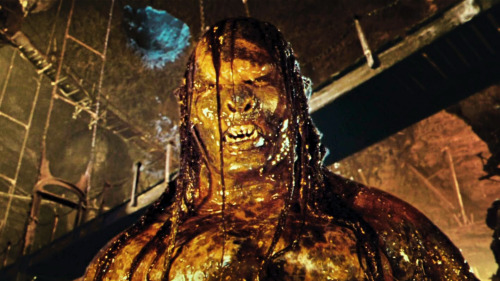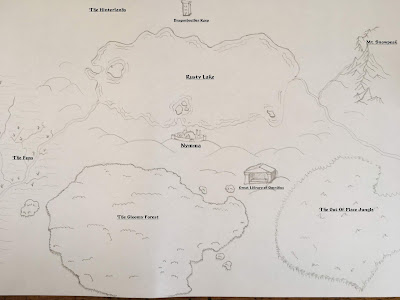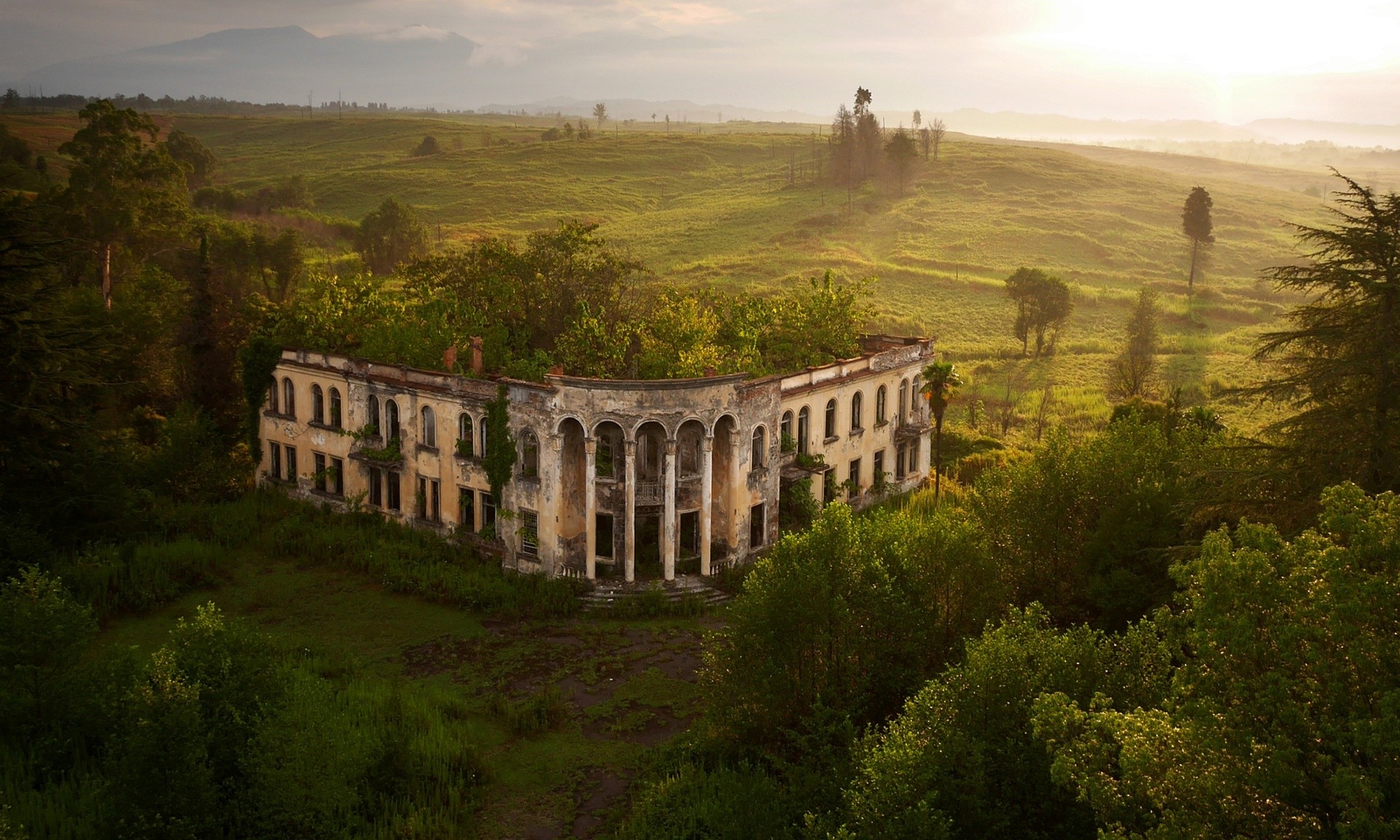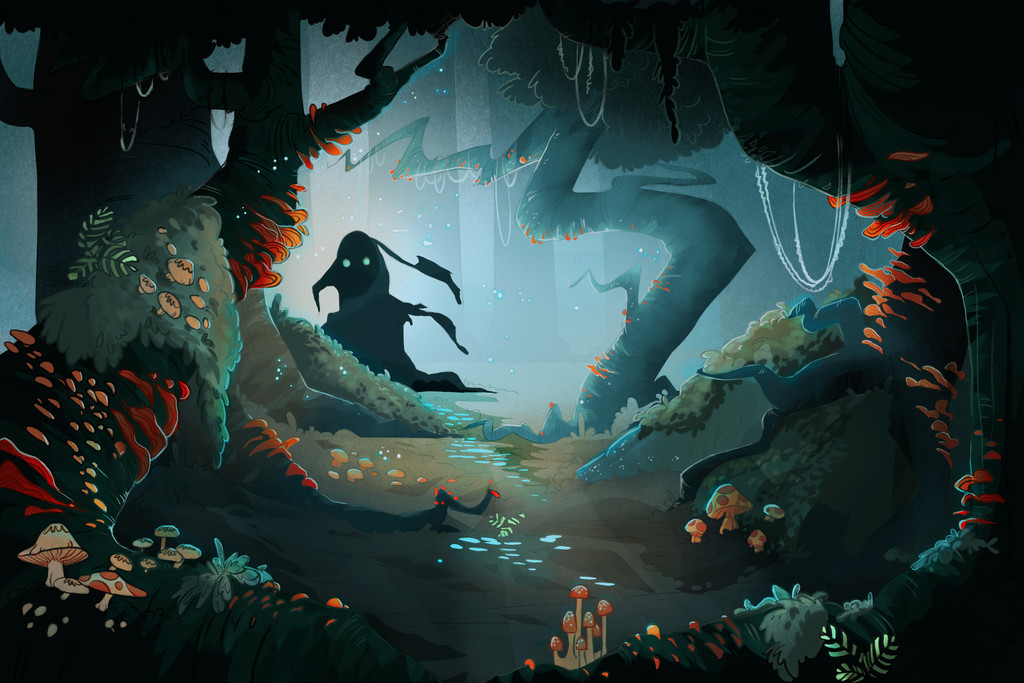Elves
Descendants of their space-faring precursors, the Elves of the Westerrealm are similar to their eastern brethren, the houses that migrated away from the cradle of civilization. In addition, the direct heirs of the Eldar (star-people, in the Elvish tongue), called Nimbus Elves call the Westerrealm home. They make their abode in starlit forests and on mountaintops, hidden by the luminous stars of heaven.
Smallfolk: Dwarves, Halflings and Gnomes
Unlike in the eastern realms, the peoples of dwarves, halflings and gnomes are considered to share a common ancestry here in the Westerrealm, having differentiated on their migratory trail to the land of the rising sun. In contrast to their eastern cousins, the smallfolk of the Westerrealm are not particularly known for their underground existences. They live among Men all across the land, although some stick to the "Old Ways" and live in isolated cabins that hold a single dwarf family. All around, they are less inclined to warfare and fighting than the eastern clans and more industrious and mercantile.
[Author's note: I am considering making the Dwarves of Azurth available as a PC race.]
Smallfolk that take up a life of wandering, either by land or by river, are known as "halflings", for they are always "half-there", always their eyes on the horizon. The smallfolk that live in forests - be they enchanted or not - are known as gnomes. All are known for wearing pointy red caps.
Animalfolk
Called "Therion" in the old tongue, Animalfolk are the second largest population group in the Westerrealm. Some sages even say that the Animalfolk were here before Men or even the Eldar. Not naturally inclined to build cities and civilizations, the Animalfolk live in the cities of Mankind and are differentiated into various animal types, the most common of which include:
Orcs
Common folktales claim that the brown, savage folk known as orcs were once Eldar seduced to evil by dark gods. And for sure, time out of human records, they have been a plague upon the lands of the Westerrealm. Whatever their origin, there is great emnity between the races of orcs on one side and the elves and smallfolk on the other.
Dragonborn
In the days of the Dragon Empire, the race of the dragonborn were the favored warriors, stewards and sages of the Great Dragons. With the fall of that empire, its society and organization collapsed as well and the dragonborn clans took to a life of wandering the Westerrealm. Nowadays, they are a rare sight indeed and only scattered warbands of them remain.
Tieflings
Common in the lands conquered by Phaeton, the Morninglord, tieflings carry a bit of otherworldly blood. They aren't shunned in the Westerrealm like they are in the eastern kingdoms, yet the palpable taste of ash and vinegar makes even the most hardy Burgundy adventurer squeamish at times.
